Last weekend at FaerieCon I had the chance to sit down with Wendy Froud, the internationally renowned sculptor, puppet builder, and doll maker.
While I’d had the opportunity to meet Wendy once before, this was the first time I’d been able to spend much time with her. She is as warm and gracious as you might imagine and she was also kind enough to let me ask a few questions about her life and work.
Cory Godbey: What are your earliest memories as relates to puppets and making things? Has it been forever and always, is this just what you’ve done, or did you kind of come to it somehow?
Wendy Froud: It’s actually been forever and always. My parents are both artists. My mother was a painter and my father was a sculptor. So I grew up sort of living in an art school in Detroit. I always wanted to be able to make things that I could play with because my mother read all sorts of fantasy to me, like the Narnia books, when I was young. And you couldn’t go out and buy fauns and centaurs, and—
CG: Can’t find any Mr. Tumnus dolls at the store?
WF: [Laughter] No, no— but I made one. So really, from the age of about six I started making things.
CG: And so it sounds like you grew up in an imaginative household.
WF: Absolutely.
CG: So you’ve always been an imaginative child, did you play outside a lot or were you kind of like an indoor kid?
WF: No, I was locked in my room forever [laughter]. It was horrible [laughter]. No, but, I’m an only child. So I did spend a lot of time by myself.
CG: Sure, I understand. I spent a lot of my time just outside by myself, you know, just rambling around the woods and in my little creek and that kind of stuff.
WF: Oh, that’s nice. I grew up in Detroit. So I didn’t ramble in the alley [laughter]. But, yes, and then in the summer we had a family home in northern Michigan. So I did spend a lot of time outdoors just exploring, making fairy gardens. So again my mother was very influential about that, and we would make things together and she really got me to believe.
CG: Yeah.
WF: She was the first person that got me to believe. And I’m named “Wendy” because of Peter Pan. So I had no choice.
CG: Well, it’s one of my favorites names. Truly, it’s just lovely, I mean, didn’t J. M. Barrie kind of make it up? I mean, it’s not a made-up name, but—
WF: It is, though. Because yes, he heard a little girl said friendy and from that he turned it to—
CG: Wendy.
WF: Wendy.
CG: It’s just this kind of lilting, beautiful name, you know, there’s something very airy about it. It’s such a pretty name. So then just out of curiosity, did you draw on much as a kid or was it purely working with three dimensional? Was there ever a time when you did drawing?
WF: Yes, I did. In fact—
CG: I guess all kids draw.
WF: I think so, and again because I was just in a household where I could use clay all the time, use paints, anything I wanted, really.
CG: Sure.
WF: And then when I went to art school, although I majored in ceramics, ceramics sculpture and fiber arts. I also took four years of life drawing.
CG: Yeah.
WF: So I do draw.
CG: Ok. Do you find you do that much nowadays—
WF: I don’t [laughs]. Brian does all the drawing for me.
CG: Yeah, [laughs]. Yeah, I guess so. So what is it like working with your husband in your studio? Do you have separate spaces?
WF: Oh, we have separate studios because we’re both very private, and when you spend all of your time together it’s important to have a space that you can go into that’s sacrosanct. But working with Brian is interesting because it’s like being able to go into a candy store and choose whatever you want. He has years and years and years worth of sketchbooks.
CG: Sure.
WF: So I’ll just say, “Will you just pull out a sketchbook for me?” And there’s always something.
CG: So, at what point did you go from making things for yourself to then transitioning into creating professionally. How did that come about?
WF: Well, I did go to art school in Detroit for four years and the last two years, I was also making things to sell and it was one of the things at the end of the year we would all sell work.
CG: Sure.
WF: I started selling in galleries around Detroit but then when I graduated, I moved to the group of friends to New York. And, like everybody else, I thought, “Well, be a waitress, what else am I gonna do for now?” But I had a little exhibition of dolls and puppets that I had just made there. It was right before Christmas and Jim Henson’s art director, Michael Flint, came in, he was a friend of a friend of mine. And bought a piece for Jim. So, I got a call just after New Year’s to come see if I would meet Jim for an interview to maybe work on a new project. That’s it, it’s like a fairytale. It doesn’t happen like that. I didn’t have to go out and look for it, it came. And it’s been like that ever since.
CG: It’s amazing [laughs].
WF: I know. I know. And I am so grateful.
CG: I think one of the earliest things that I knew that you had done is your work on The Empire Strikes Back, because I’ve always loved Star Wars, so, I knew about that but actually I never knew what was the step in-between.
WF: My teachers at art school just despaired of me but they had to be nice to me because my parents. My father was the director of the school so, it was like, “Can’t say too many bad things about her.” But they also said, “You’re never going to make a living, how are you going to make a living? You’re making dolls and puppets, what are you going to do?” But this is what I want to do.
CG: Yeah.
WF: You know, and I will, I’ll be a waitress, I’ll do something else but I’ll still want to do this because it’s a vocation. So, I proved them wrong.
CG: [Laughs] I’d say you showed them. So, just to satisfy my own curiosity can you talk about what it was like working on Empire?
WF: That was interesting. We have been working on The Dark Crystal and we were in the process—
CG: Oh, that’s right because Empire was 1980 and The Dark Crystal, when did production actually begin on that?
WF: It was pre-pre-production, really. But I guess it was ’78, I think.
CG: Ok, oh, I’ve got my dates confused here.
WF: Well, we had five years be-between starting The Dark Crystal and it actually coming out.
CG: Ah.
WF: So, that was quite a long time. I had been working on sculpting and making puppets on The Dark Crystal and then I was really loaned out to The Empire Strikes Back. Yoda was kind of a test for everyone to see what a puppet that was more realistic than the Muppets would look like.
CG: Sure.
WF: Yeah, because, Frank [Oz] was going to be doing the puppeteering and we needed someone originally to do a prototype. Something just made out of foam, a foam that I had. So that he could practice and get some of the characterization of Yoda because nobody knew. I made one that was just the size that it would be and everyone really liked it. So they said, “Well, we love the puppet and Frank’s already working with it, why don’t you just sculpt it as well?”
CG: So, I don’t know. I want ask about The Dark Crystal and Labyrinth but those are things you’ve been asked about so many times that I’m honestly not even sure what to ask. I’m actually out of notes here. I guess I’m not sure what to ask about them because they’re too… they’re too big. It’s too big of a question, like what was it like? Well, it was nice [laughter].
WF: Yeah [laughter]. Well, one thing I will say about The Dark Crystal, especially, is because so many of us were just developing techniques that we hadn’t used before. It was like going to graduate school and getting a degree. A masters at what you do, without going to graduate school because we— Jim was so generous with his allowing us to get any kind of things we wanted to experiment with. So we experimented with foam latex, we experimented with resins and all sorts of things that we wouldn’t have had access to or we wouldn’t have thought of using, most of us wouldn’t, and a lot of collaboration. Brian was there all the time. He was very hands on with it and he loves making things as well. So he was in the workshop the whole time working with us all.
CG: Right.
WF: Which is really why it has that unique quality to it, and it has a pure vision.
CG: It is a complete vision. Nothing else is like it. Nothing can touch it.
WF: It’s not vision by committee, which makes a big difference.
CG: That’s why it’s my favorite. But I imagine, you know, with little baby Toby in Labyrinth, I’m sure you have different feelings between the two films.
WF: Very different for me.
CG: Ok, then maybe that’s the question, because at that point you’re a mother and working with, you know, your son is sitting on the lap of—
WF: [Laughs].
CG: I mean, I-I don’t even know what to say about that.
CG: What are your feelings between the two films?
WF: Mm. It was difficult because we knew Jim wanted to do another film, and he wanted to do it with Brian and me, but he wanted to have people in it this time. And because I’ve made the Gelflings, it’s like, “Oh, well, okay, fine, thanks.”
CG: [Laughs]
WF: But it was fun. I started sculpting on the goblins and working on it, but then I got pregnant, and it was just because Toby was born at the right time that he became the baby and because he was very cute. And [laughs] and he was also used to all the puppets. So, although he cries a lot in the film, it wasn’t because he was terrified of them.
CG: Yeah. Well, I mean babies are just going to cry. Give them a half a second, they’ll cry about something.
WF: I know, I know. But it was very different for me because I wasn’t immersed in the puppet-making itself. I did a lot of prototype work for it before I was too pregnant.
CG: Is it possible to pick a favorite creature that you worked on for Labyrinth?
WF: Oh, yeah. The Junk Lady was mine. Yeah. She was mine [chuckles].
CG: Oh, my goodness. Then on The Dark Crystal, do you have a particular favorite puppet?
WF: Oh, Kira. I think she was the most successful.
CG: Right. When she sits on that little throne—
WF: She’s just lovely.
CG: It’s beautiful.
WF: Mm.
CG: How did it feel coming back to the world of the Dark Crystal with [the upcoming Netflix series] Age of Resistance?
WF: It was so strange, at first, coming back after many stops and starts of thinking whether you’re going be doing something or not. But this is the first time we knew it was going be puppets. And we knew that it could actually be like the original. So, it was too good to pass up, it really was.
CG: Yeah.
WF: And it felt great and very quickly started to feel like a family again, in a way. It was a great experience. Very tiring [laughs]. Brian and I kept looking at each other going, “God, we’re so much older than we were. Why are we doing this?” but it was good. And to work with Toby was amazing. That was just amazing because he’s such a good conglomeration of the two of us in such a beautiful way.
CG: Yeah. And he’d done so much on his own.
WF: Oh, he has. And to come to this after he had done a lot on his own so, we were meeting, you know, as equals, more than we would have, otherwise. It was a great experience.
_______________________________________
Special thank you to Wendy for letting me ask her rambling questions (it took a lot of editing to make myself readable here, let me tell you)! You were a delight.
Wendy’s film credits include The Muppet Show, The Muppet Movie, The Empire Strikes Back, The Dark Crystal, and Labyrinth.
You can find more of her work, as well as her husband Brian, at The World of Froud.


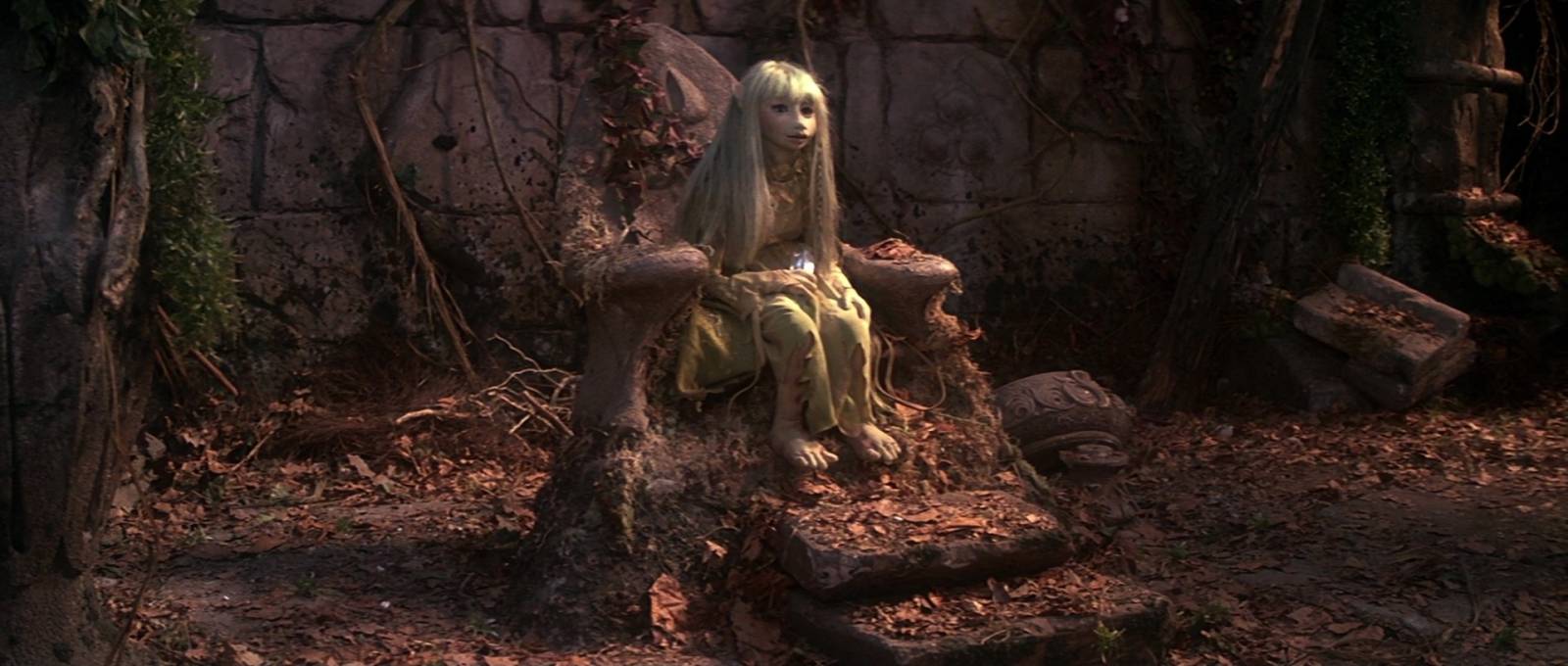
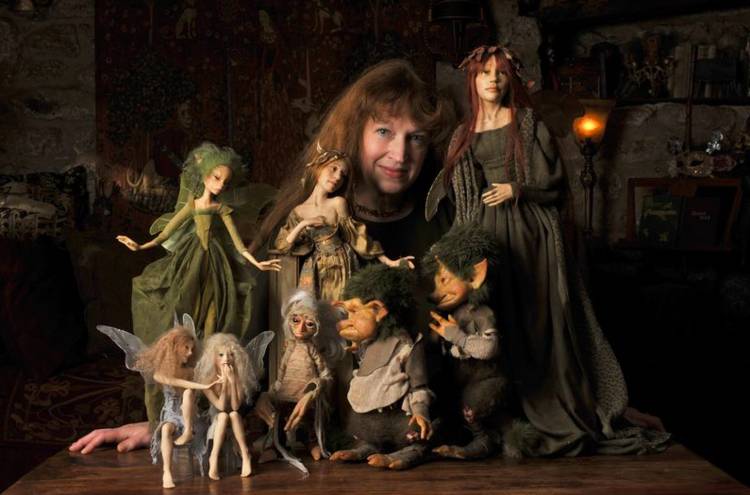
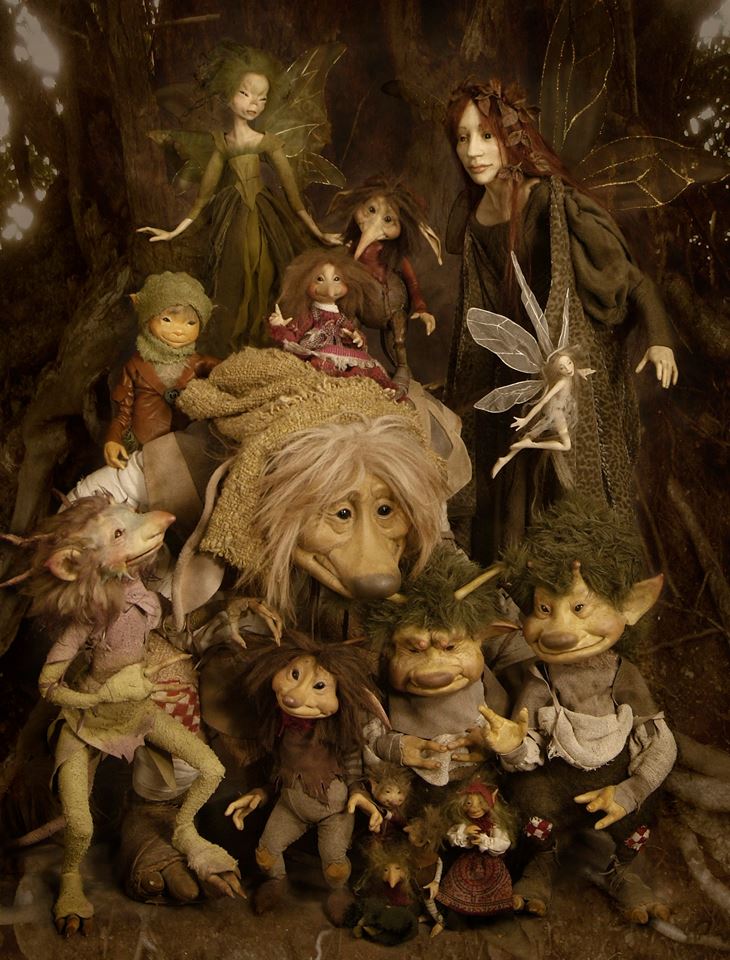
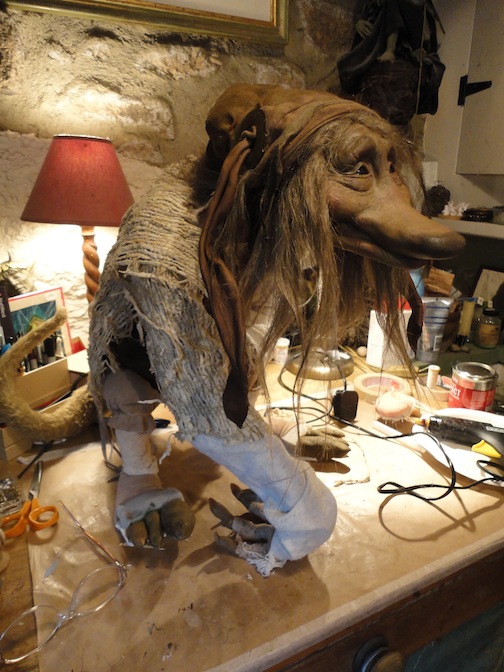
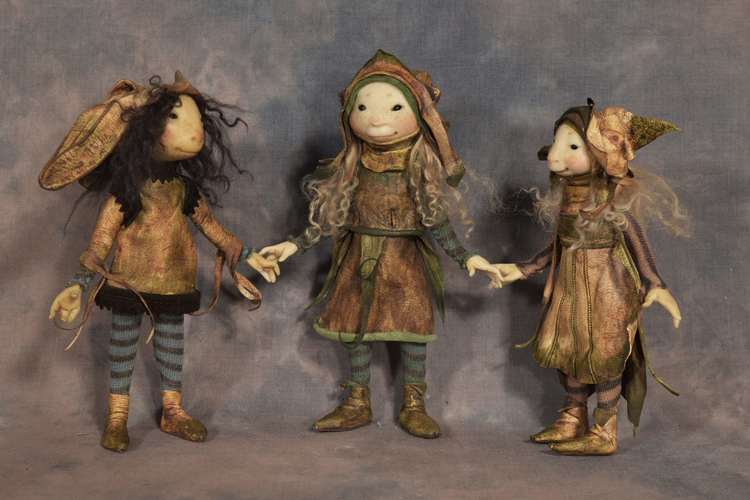
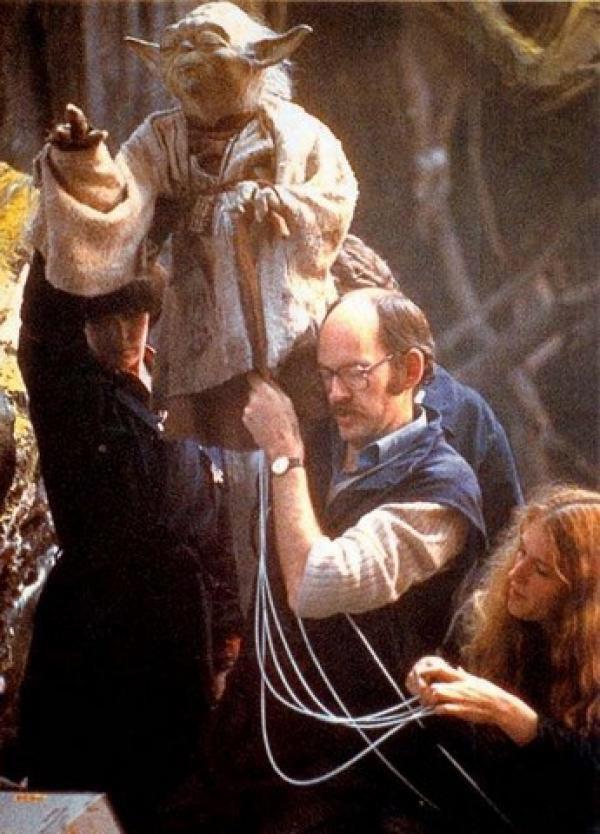
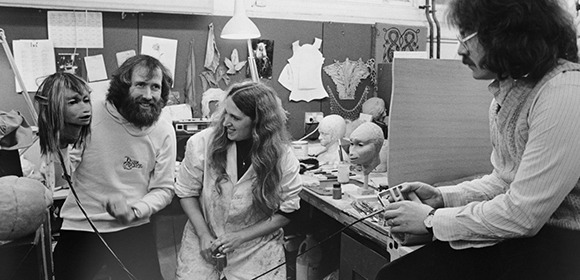

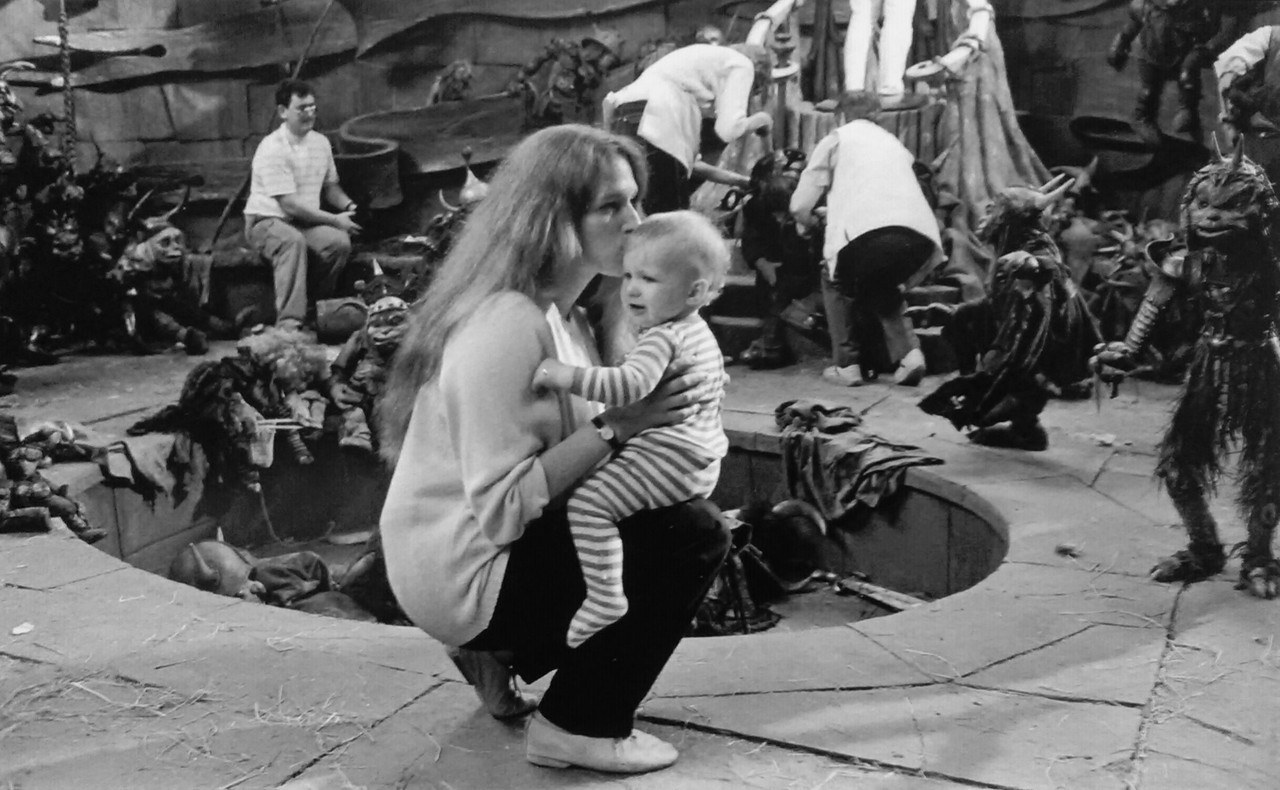

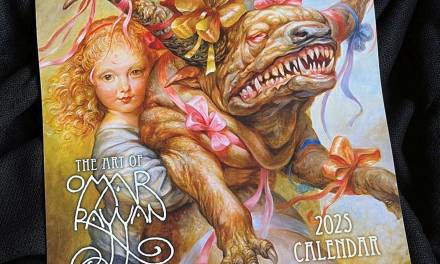
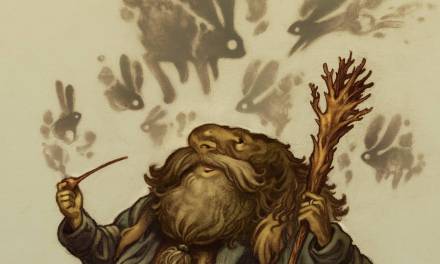
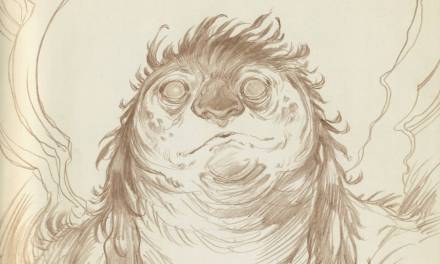

Magical, and I’m a little envious.
A great post Cory, Thankyou.
I smiled all the way through reading this. Thank you for sharing your wonderful conversation. I, too, am envious!
I know and love Wendy and this made the end of my thanksgiving ! Thank You. I feel proud to be the mom of Gunther and Jazzy ..(her doll children ) and I myself did not know a LOT of the things in this interview .. so you did a great job !!
It was great, thank you
very informative thoughts.
very good and informative thoughts